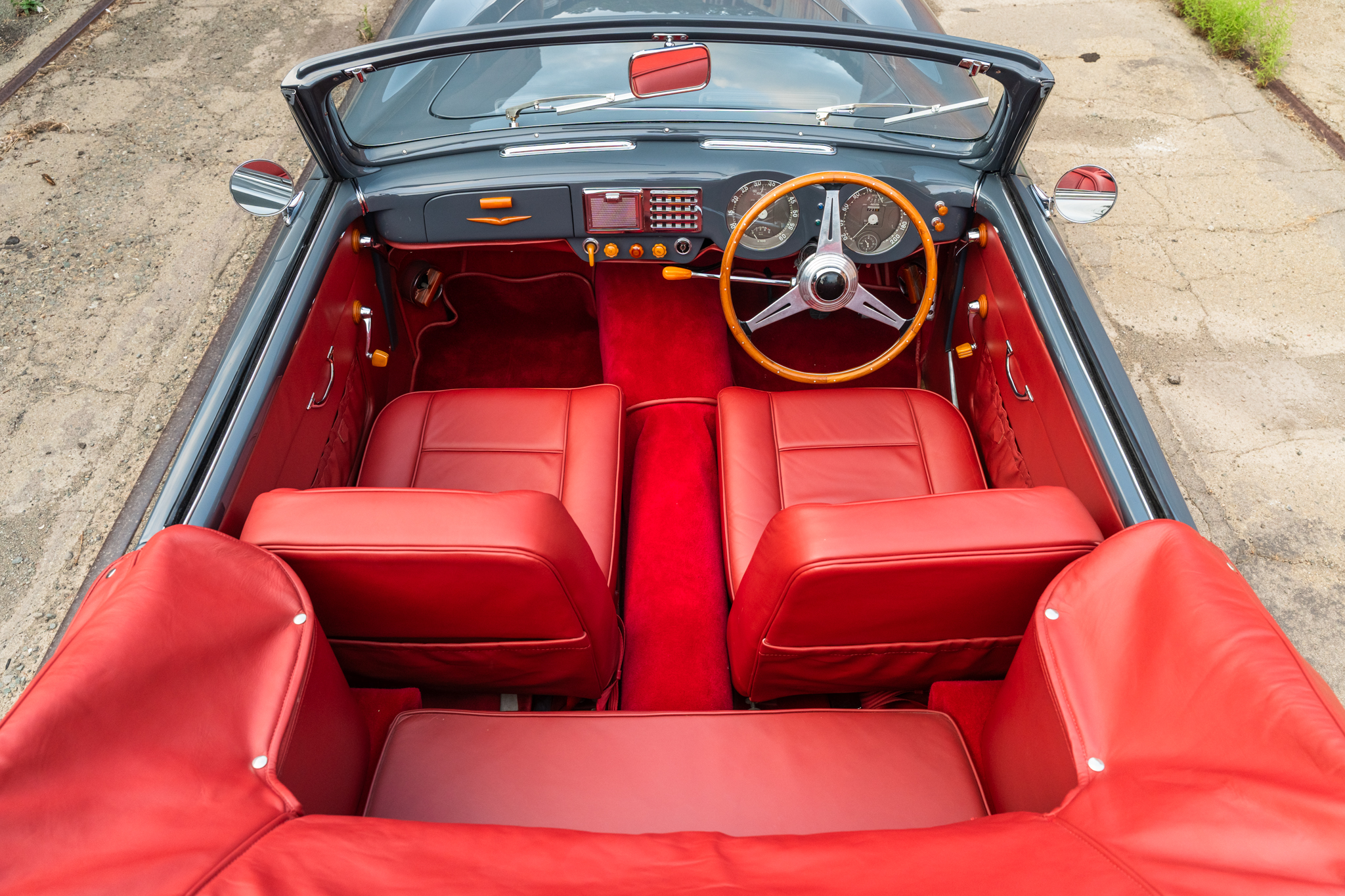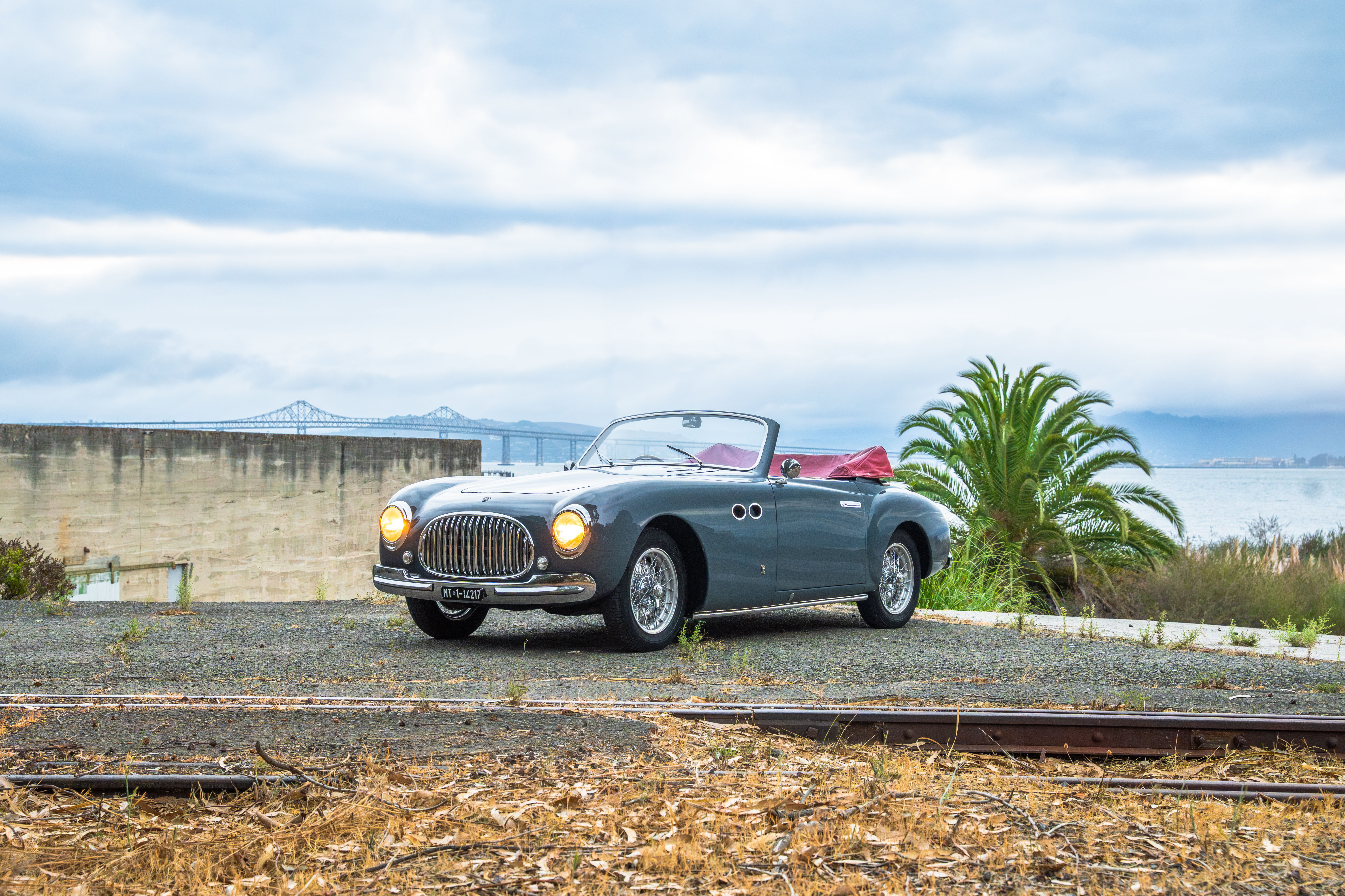
Although it is slightly obscure today, the Cisitalia 202 is among the most important cars of the 20th Century. It revolutionized automobiles on several key axes simultaneously and proved to be a giant-beating competition car as well.
The car was the brainchild of Piero Dusio, who was both a professional soccer player and racing driver. He first raced at the Mille Miglia in 1929 and went on to win his class at the 1937 event and achieved 4th overall at the 1938 Mille Miglia, having established his own racing team in 1936.
In 1944, he hired Dante Giacosa, the gifted Italian engineer who designed, among other cars, the original Fiat 500 (Topolino) of the 1930s and the postwar icon bearing the same name. Giacosa’s brief was to design the D46, a new single-seat racing car that employed the proven technical underpinnings of the Fiat 1100, all placed in the world’s first full space frame chassis race car. The car was produced by Dusio’s new company Consorzio Industriale Sportiva Italia, or Cisitalia for short.
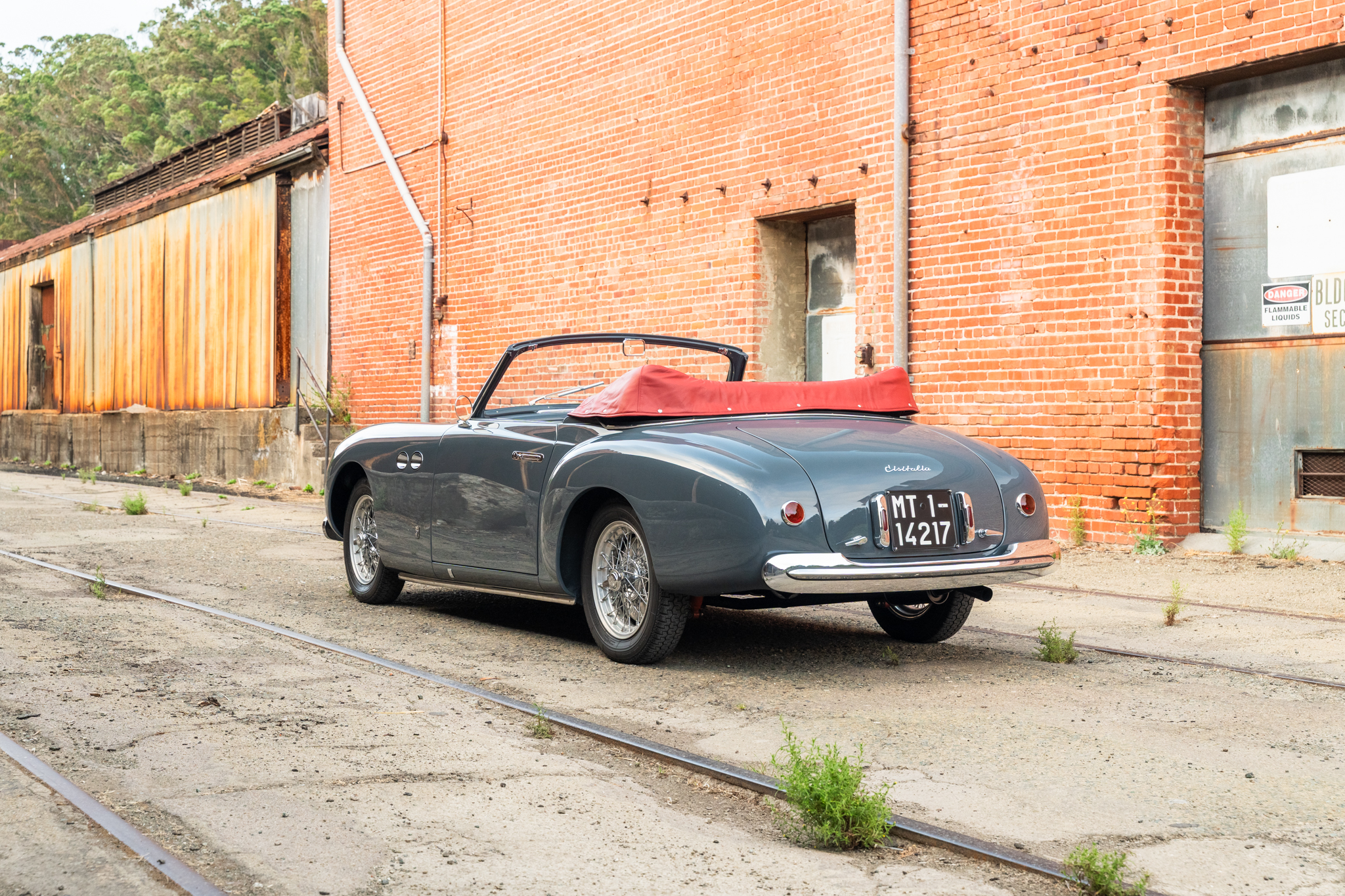
Giacosa’s intimate understanding of the Fiat powertrain and suspension allowed him to optimize the car’s design in a way that paid off in spades when it debuted on track. In the car’s inaugural race, D46s took first, second, third, and fifth places, with the winning car being driven by Dusio himself. The D46 went on to win the 1947 Italian Championship 1100cc class.
By that time, a sports car version of the car had appeared, aimed at competing in longer distance events such as the Mille Miglia and Le Mans. Its initial design work was performed by Giacosa before he returned to Fiat at the end of 1945. The sports car was called the 202 and again used aerospace style spaceframe construction consisting of a tubular chassis covered by aluminum panels, an early example of the now-famous Superleggera construction style.
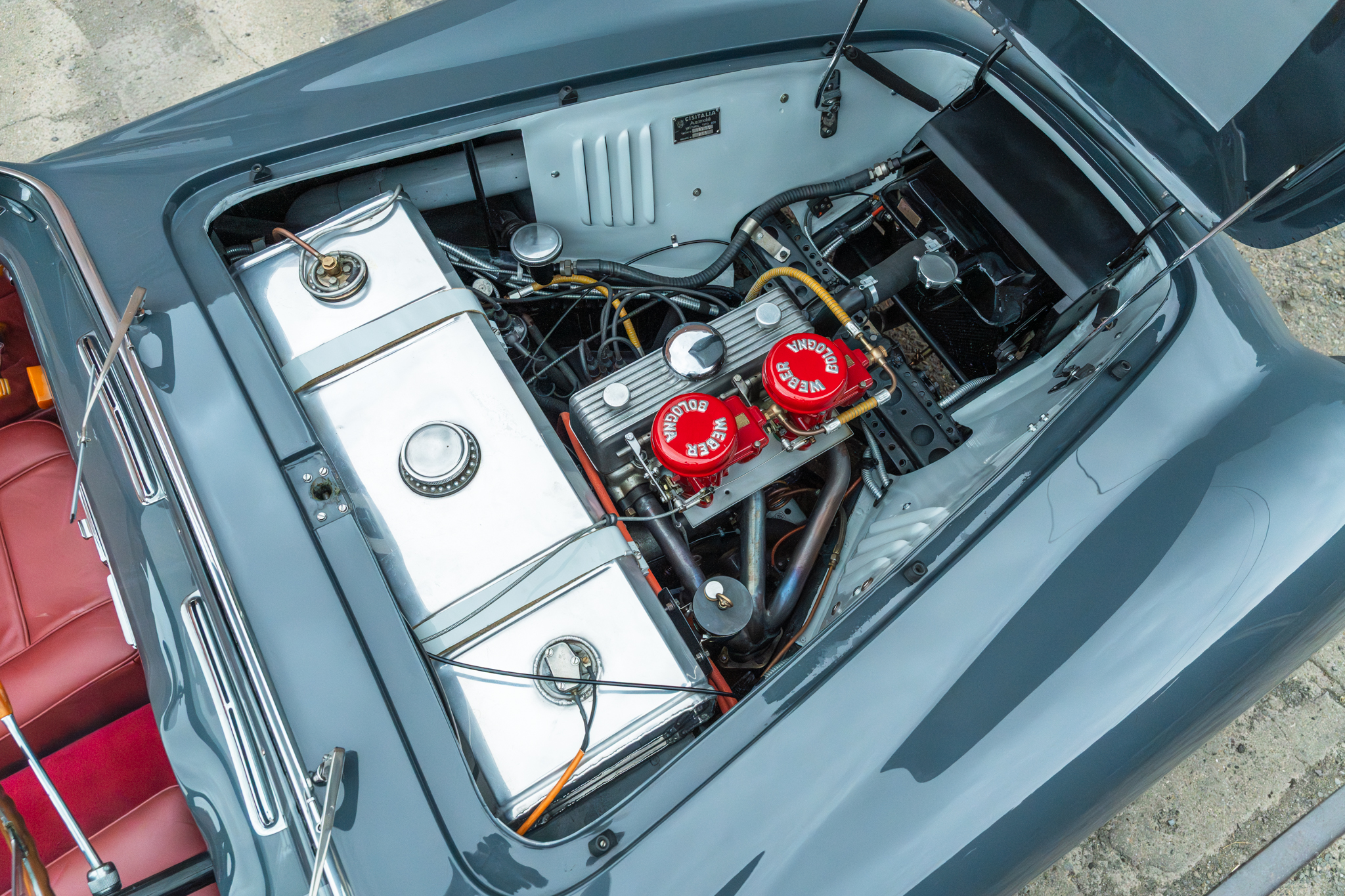
Exterior bodywork was designed by Battista “Pinin” Farina and was among the first cars to integrate fenders into the main body of the car. Coupled with a low hoodline, flat hood, and a horizontal rather than vertical grille, this gave the 202 the distinction of originating the basic styling model for nearly all modern cars. The significance of this achievement was not lost on the New York Museum of Modern Art, which included it among the cars displayed in 1951 exposition 8 Automobiles. A 202 went on in 1972 to become the first automobile acquired as a permanent part of the MoMA collection.
The aerodynamic efficiency of the styling gave the car a top speed in the region of 100mph, despite having around 60hp. The engine was a heavily reworked version of Fiat’s 1100 unit, retaining the cast-iron block but with nearly every other component remade in light alloy.

Tazio Nuvolari raced a special version of the 202 at the 1947 Mille Miglia, placing second overall behind Clemente’s Biondetti’s monstrous supercharged 8-cylinder Alfa Romeo 8C 2900, a testament to the ability of Cisitalias to punch well above their weight. In all, fewer than 200 examples of the 202 were built, the majority of which were coupes.
A small number of cabriolet 202s were built, of which this is one. Built in the final year of 202 production, this car was originally sold new in Austria and is understood to have remained in Europe its entire life until being acquired by its current owner in Belgium in September 2013. A complete mechanical overhaul was completed in 2012 prior to the car participating in the Mille Miglia Storico that year. The work was performed by the Gipimotor, the Ferrari specialist in Brussels. The car went on to participate in the Mille Miglia again in 2013 and 2014, and also made a number of concours appearances in this same period, including the 2012 Uniques Concours in Florence Italy. A complete restoration was performed in 2014 just prior to the car’s appearance at the 2014 Pebble Beach Concours, where the car was a finalist for the Stanford Revs Institute Award for Historical Significance. The car then attended Villa d’Este in Italy in 2015.
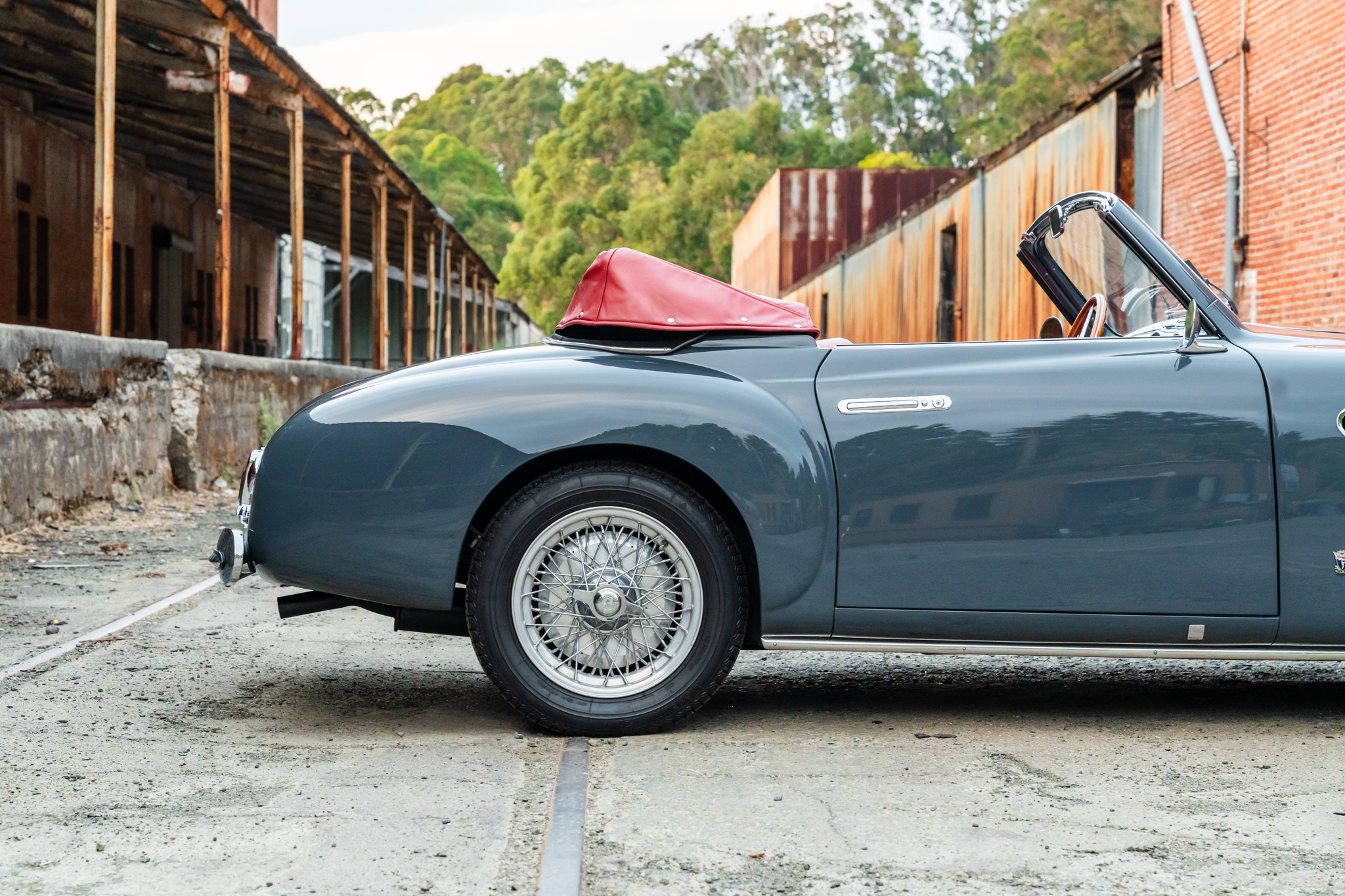
More recently, the car won the award at the 2022 Boca Raton Concours d’Elegance for Most Elegant Open Postwar car. Throughout this period, the car has received whatever cosmetic and mechanical work was required to keep the car in top condition, and it remains a stunning example of this landmark car.
Included with the car are two binders containing correspondence and extensive documentation relating to the car’s restoration, maintenance, Also present is the car’s FIVA documentation.
